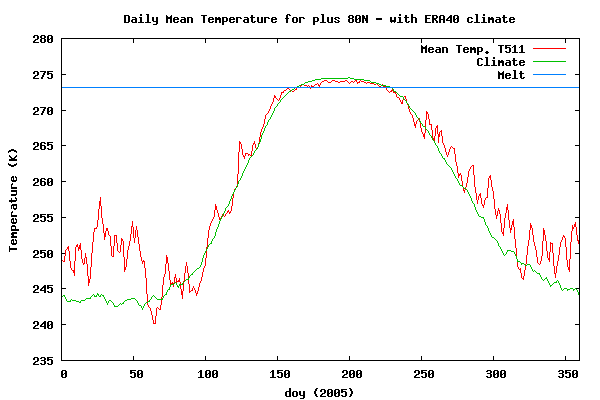So you can imagine my utter amazement when I find this article posted on one of my climate sites.
Yep the title is about "hottest year on record, two years in a row".
But inside it says
The El Niño event also brought on a surprising surge in global sea levels, which rose 15 millimeters between late 2014 and early 2016, far outstripping the usual pace of around 3 millimeters per year, the WMO reports.
Erm.... 'k me sideways. 15mm in 18 months. That's not just a LOT that absolutely outrageous. If we sustained that it would be 4" per decade. The London barrier would be overwhelmed on storm days by about 2040. That is seriously not funny.
However it does say
While the WMO relied on data from NASA and the National Oceanic and Atmospheric Administration in proclaiming the 2016 record, these agencies have not announced a formal record yet. They will presumably do so early next year once all the data is in. The WMO said its statement is “provisional” and will be updated in early 2017.
Aha you say, yet another bit of propaganda to scare us. Doesn't pass the sniff test. Yes I was thinking that and so was Bill Fothergill on Neven's site. So he went and got the data from NASA himself and analysed it.
He says:
However, as one should always practise scepticism, I had a look at the FTP data for this. (See the link on the Vital Signs page, or go direct to...
ftp://podaac.jpl.nasa.gov/allData/merge ... 201607.txt
I thought there might have been an artificially low MSL value followed 18 months later by an artificially high MSL value. Column (12) is the important one to look at, as this has 60-day smoothing and compensates for both cyclicity and for Isostacy.
When I looked at this, my response was something along the lines of ... "Fuck me gently!!!!"
Quite!
I know a lot of it is driven by the Nino heat, the excessive heat in the Pacific causing thermal expansion. BUT. That can't explain this all. There has to be ONE HELL OF A LOT of ice melting, off land, into the sea, to do this.
This does not bode well for the near term future. Some of the pacific islands are within 6" of inundation. A large chunk of the Bangladesh delta is within a foot. Those pacific islands just lost half a decade of time to deal with it. At this rate they'll be overtopped by somewhere between 2035 and 2040. In even mild storms that will change to 2025 at this rate.
I'm sad to say that this is just the beginning. It may settle and it may seem to go "back to normal", whatever that is as "normal" in the 1990's was 1.5cm per year. But in reality this is just one more hop step on the way.


